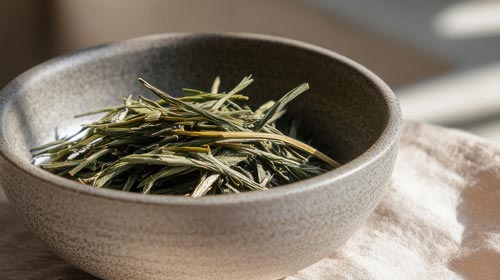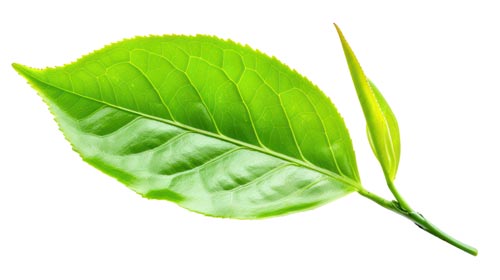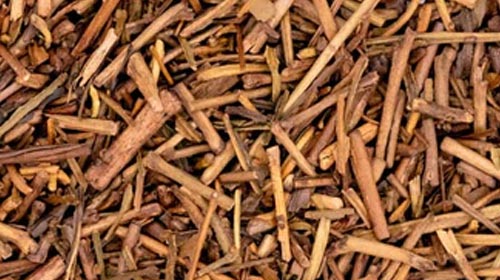What's left of the tea if you remove the leaves? In the case of Kukicha: quite a lot. This unusual tea isn't made from the delicate tips or soft leaves of the Camellia sinensis – but from its stems, leaf veins, and small leaf stalks. And it's precisely from this that a completely unique, surprisingly complex aroma develops, one that has nothing to do with "leftovers."
The name "Kukicha" translates as "branch tea." In Japan, where this specialty originated, it is traditionally made from the byproducts of high-quality green tea production such as Sencha or Gyokuro. But Kukicha has long since become more than just a supporting character—it has found its own place in the tea world.
Botanically speaking, the stems and leaf veins of the tea plant contain significantly less bitterness than the leaf tissue itself. This is because they contain hardly any polyphenols or catechins, yet are still rich in L-theanine, cellulose, and complex carbohydrates. This makes kukicha a mild, slightly sweet tea with little astringency—often with notes of roasted nuts, hay, a hint of vanilla, or even light caramelization in more highly heated versions.
At Growing Karma, we pay particular attention to the components we use in our Kukicha. We're not concerned with "utilizing" the plant, but rather with consciously selecting those parts that have a unique story to tell. The finely branched leaf veins, the elastic stems, and sometimes even woody midribs contain aromas that unfold slowly and evenly during the brewing process.
A key advantage: Kukicha is very balanced. The ratio of leaf stem to leaf fiber creates a stable structure that doesn't tip during brewing—meaning the tea remains smooth, even with longer brewing times. This quality is particularly valued in Japanese tea culture, for example, when preparing tea for children, the elderly, or in everyday household cooking.
But kukicha can also be complex. Especially when it comes from plants that have grown slowly and naturally – like in our climate-adapted cultivation in Germany. Here, stems develop with a firm yet fine-pored cell structure, which is particularly well-suited to absorbing roasted aromas or releasing subtle sweetness during processing.
Some varieties of Kukicha are lightly roasted – in this case, they are called "Karigane" or "Hōjicha Kukicha." This roasting gives the tea a warm, malty profile and further softens the already slight bitterness. Ideal for those who like their tea soft, round, and full of character.
A look at the anatomy of these plant components shows how much more there is in them:
The vascular bundles in the stems – the delicate tube systems through which water, minerals, and sugar are transported – store traces of the substances that enable the entire plant's growth. They are like the veins of a long journey: They tell not of the destination, but of the path. And that's exactly what you taste.
Perhaps this is why kukicha is often considered an everyday luxury in Japan – simple yet sophisticated. Clear in expression, yet soft in touch. A tea that doesn't have to be conspicuous to be effective.
When you first try Kukicha, don't expect an overpowering character. It comes quietly, but lingers. Perhaps you'll remember roasted grains. Perhaps warm wood. Perhaps simply a kind of clarity not often found in tea.
And perhaps next time you'll look at the stems left over from sorting a little differently. Not as leftovers, but as the essence of a path—structural, clear, nourishing. And just right for a cup of kukicha.




Leave a comment
This site is protected by hCaptcha and the hCaptcha Privacy Policy and Terms of Service apply.